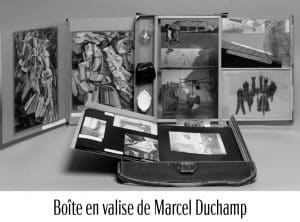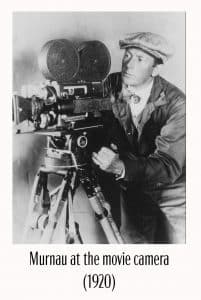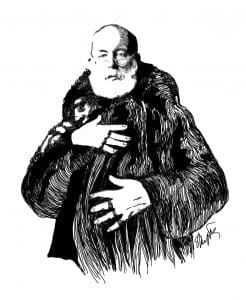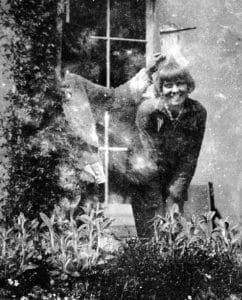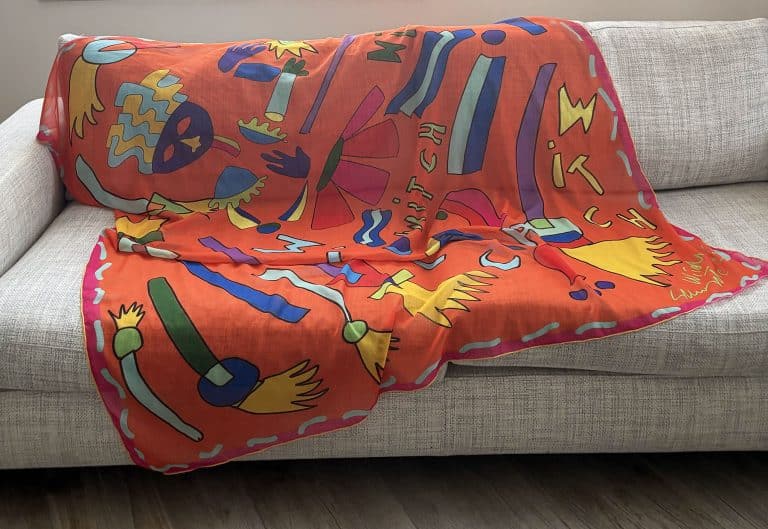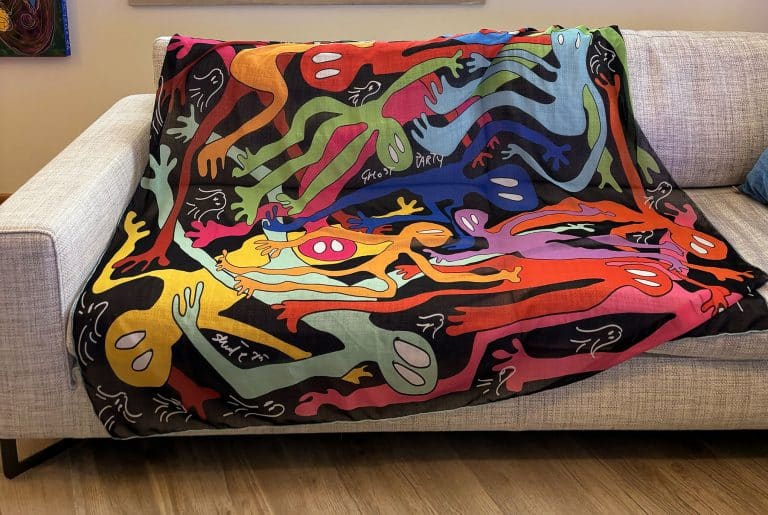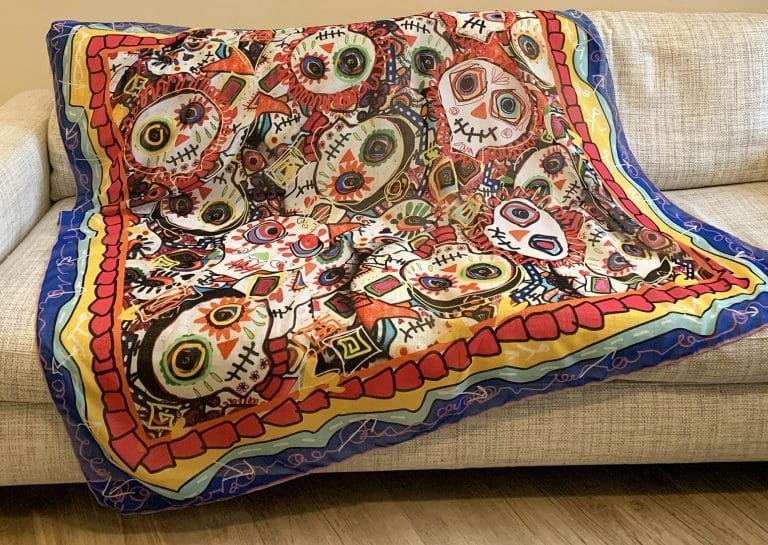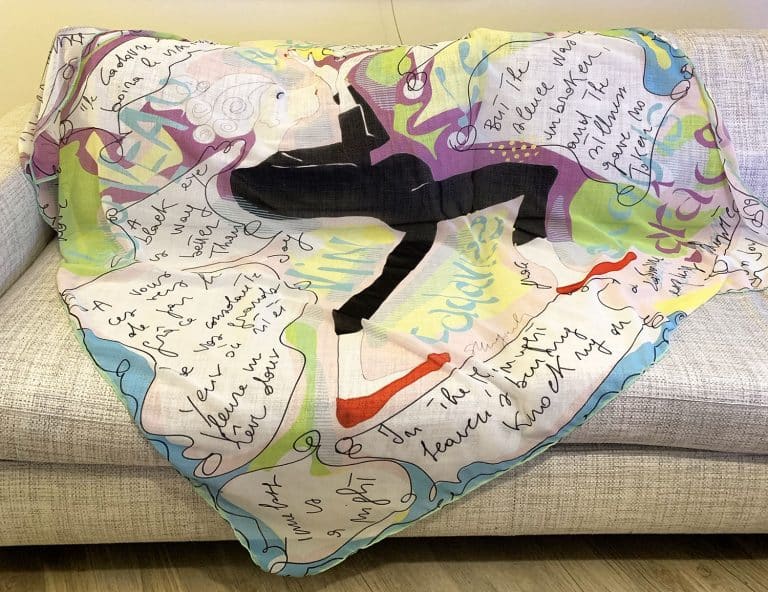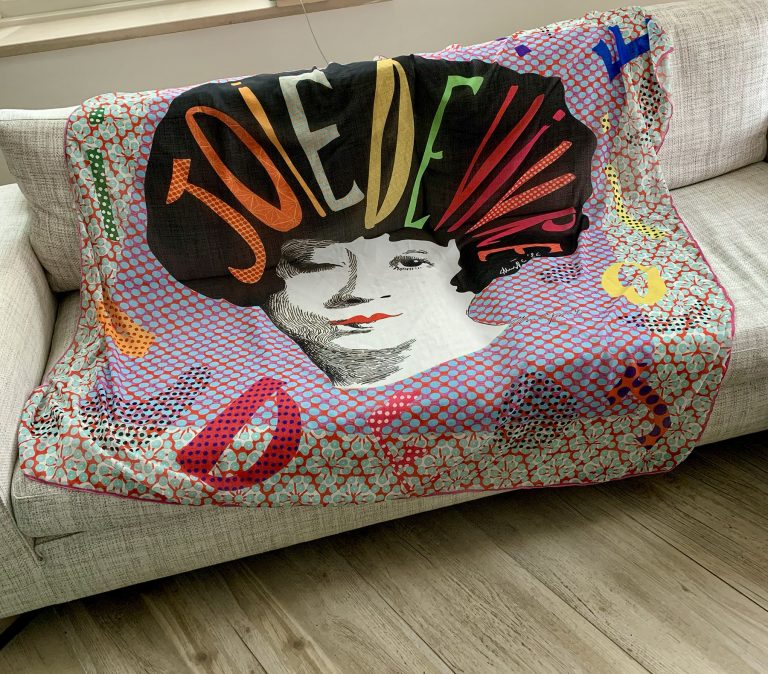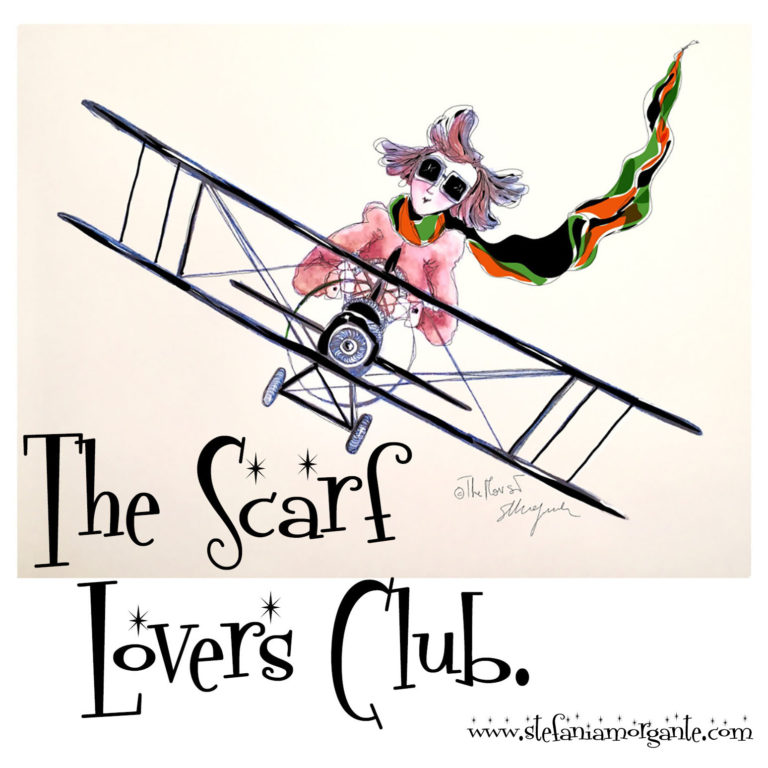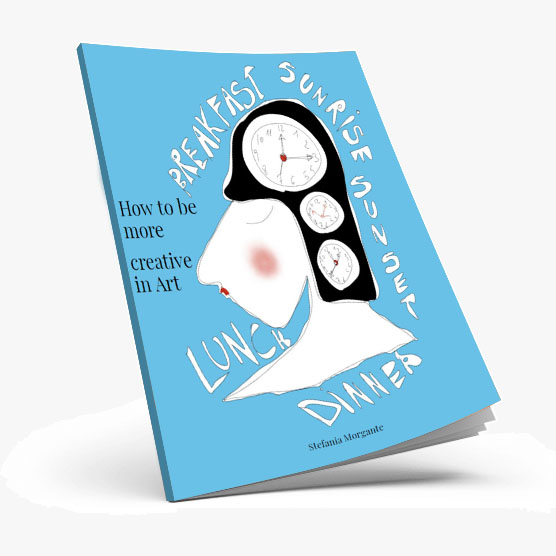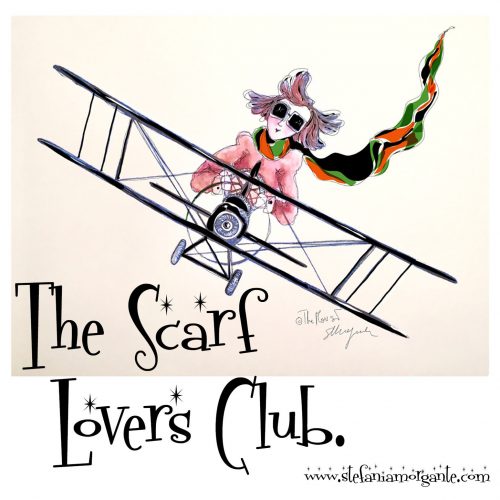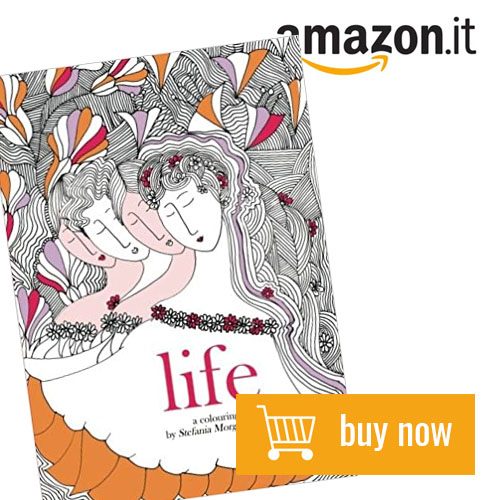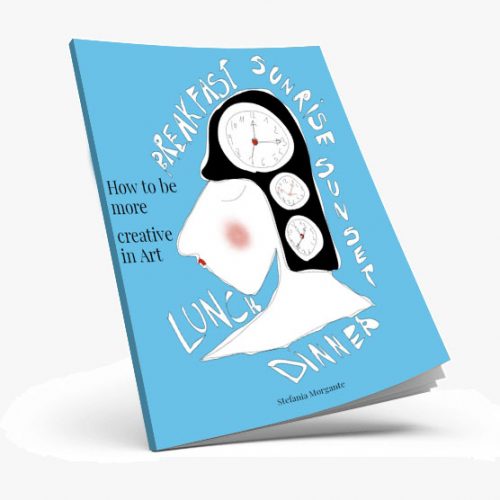In 2020 we celebrate the hundredth anniversary of the publication of the first book by Agatha Christie, the queen of crime.
The first book in fact dates back to 1920 and for the first time the famous character of Hercule Poirot the Grey Cell Detective appears.
Written in 1916, The Mysterious Affair at Style, was published in the US in October 1920.
Christie is the queen of crime, but also of record figures: she is the most read writer since Shakespeare, translated into 44 languages and has left a fortune of hundreds of millions of pounds to her heirs.
But why do we consider Agatha Christie queen of crime?
For many reasons.
Agatha Christie, the creator of the modern murder mystery, was an assistant in a pharmacy between the two wars and was able to learn many secrets about toxic and poisonous substances to use in her crime stories.
She managed to plot an escape from her husband by registering under the name of her husband’s lover and escape the press and family for a few days, creating a suspense halfway between literary fiction and real life.
A couple of curiosities that reveal her passion for the arts and life: determined to become an opera singer, in 1906 she moved to Paris.
Shy but careful observer, she loved surfing in South Africa and was always portrayed at work, a workaholic of detective literature.
Gifted with great intuition, curiosity and observation, she was able to orchestrate crime stories that revealed, even before the culprit, the human soul in all its most sinisters nuances.
A dominatrix of detective stories, a tireless traveler, Agatha Christie absorbed every personal life experience to transfigure it all into her famous stories.
Creator of two unforgettable characters, Hercule Poirot and Miss Marple.
Coming from a family where women were deeply independent, she had a school education at home and learned to read very late.

Agatha Christie, the creator of the modern murder mystery
How was the passion for detective stories born? for an incredible bet with her sister, who invites her to write something longer than a novel and that is publishable.
And Agatha Christie invents the character of Hercule Poirot, after seeing a rather funny Belgian on the walk and with a strange moustache, getting off a bus.
Christie decides the crime, then starts to elaborate the motive, then she creates a group of characters who can all be involved in the crime, finally develops the plot.
The detectives she uses are methodical, endowed with extraordinary intelligence, are anti-heroes and inconspicuous.
Agatha Christie’s autobiography and crime stories
Many years ago, one summer after school ended at my grandmother’s house, I started reading Agatha Christie’s autobiography.
After watching many movies from Christie’s books and reading some of her crime books.
The autobiography reveals very quiet behind the scenes of a happy childhood, but also the desire for emancipation, the intelligence of a woman even before she writes stories about crime, who studies the human soul and the psychology of people who commit a crime.
It is a fictionalized autobiography– she writes what she wants to remember without a rigid chronology- which does not follow the logical thread from beginning to end.
Written in fifteen years, between 1950 and 1965, it is a book of almost six hundred pages and yet exciting, flowing, full of food for thought.
I’ve gotten passionate about reading her mystery books and drew some advice for what would be my recovery in the visual arts a few years later.

My passion for the Queen of Crime
My idea has evolved since those high school years.
And I used her personality and what I had read to make something out of it.
Agatha Christie crime queen immortalized on a scarf.
That’s right.
I didn’t use it on a canvas, in a sculpture, in a poem.
But in three scarves that flew into the homes of two crime writers’ collectors and the third just created and put online.
I created two scarves in two very distinct moments in the life of writer Agatha Christie.
The aging Agatha Christie, with an ironic face, framed by two huge stacks of books.
An iconic image of a life spent writing and living intensely.
The other scarf portrays her young and in travel clothes, in an exotic setting.
Agatha Christie, writer of “Evil under the sun” crime story
The third scarf, at this revolutionary moment in my shop with recycled materials and new larger sizes, is dedicated instead to a crime story that we all know thanks to a movie in which the protagonist is Peter Ustinov.
The setting is summery, in a holiday resort.
Agatha Christie invents a group of characters all connected with a Broadway actress who is found dead. All hotel guests have an alibi and the involvement in this crime will affect many of the characters in the story.
My scarf is inspired by the book “Evil under the sun” and the movie from which it is based, but the name is Black sun.
Why Black Sun even though it’s from an Agatha Christie story?
Because it is freely taken from Christie’s book, because the sun is about the atmosphere of the novel – a hot, hot summer in a very accentuated holiday dimension – while “Black” is about the black, the dark, the murder that takes place during this holiday.

Agatha Christie queen of crime a hundred years later
Still young, still enjoyable to read, still contemporary.
That’s why I continue to read her murder stories and recreate her on fabric.
I wonder if in her walks surrounded by nature and flowers, she would have appreciated my scarves, maybe thinking of some new crime to put in her crime books.
And maybe by wrapping one around her shoulders, she would ironically find the culprit before she even grabbed the pen.
Life and literature for a crime queen who loved to say:“Life often has a bad plot. I much prefer my novels.”
And Hercule Poirot would undoubtedly answer beside her: ”Imagination is a good servant, and a bad master. The simplest explanation is always the most likely.”

